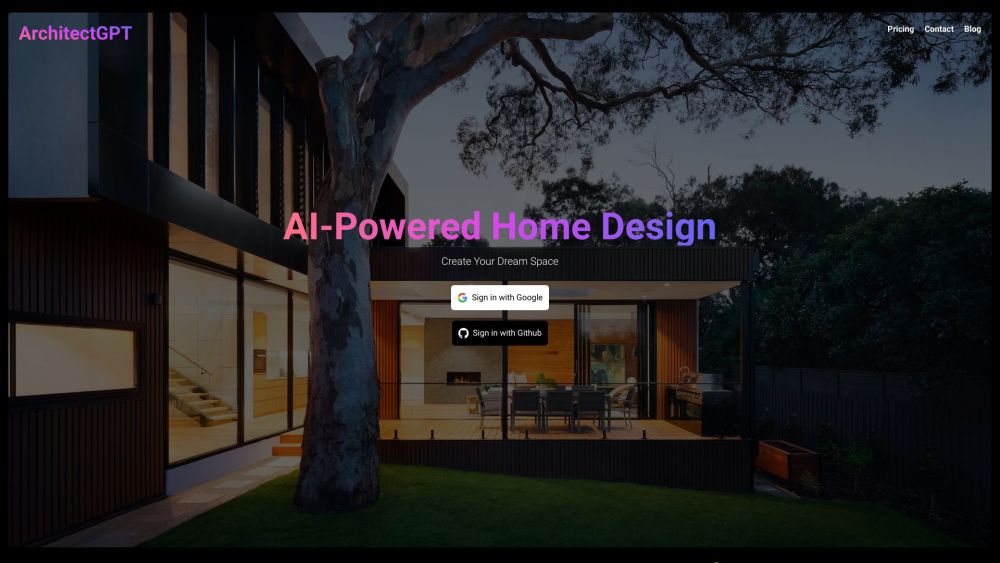
What is ArchitectGPT?
ArchitectGPT is a cutting-edge artificial intelligence tool designed to transform the way architects and interior designers approach creative planning. By combining advanced AI with intuitive design automation, it enables professionals and enthusiasts alike to generate innovative architectural concepts, visualize spaces in stunning detail, and bring abstract ideas to life with minimal effort.
How to use ArchitectGPT?
Getting started with ArchitectGPT is simple—just create an account using your Google or email credentials. Once inside the platform, you can explore diverse design templates, select specific rooms or building types, and apply personalized customizations such as materials, layouts, and lighting. Use natural language prompts to describe your ideal space, or upload existing images of interiors and exteriors for AI-powered redesign suggestions. With its responsive interface and real-time rendering, ArchitectGPT makes professional-grade design accessible to everyone.